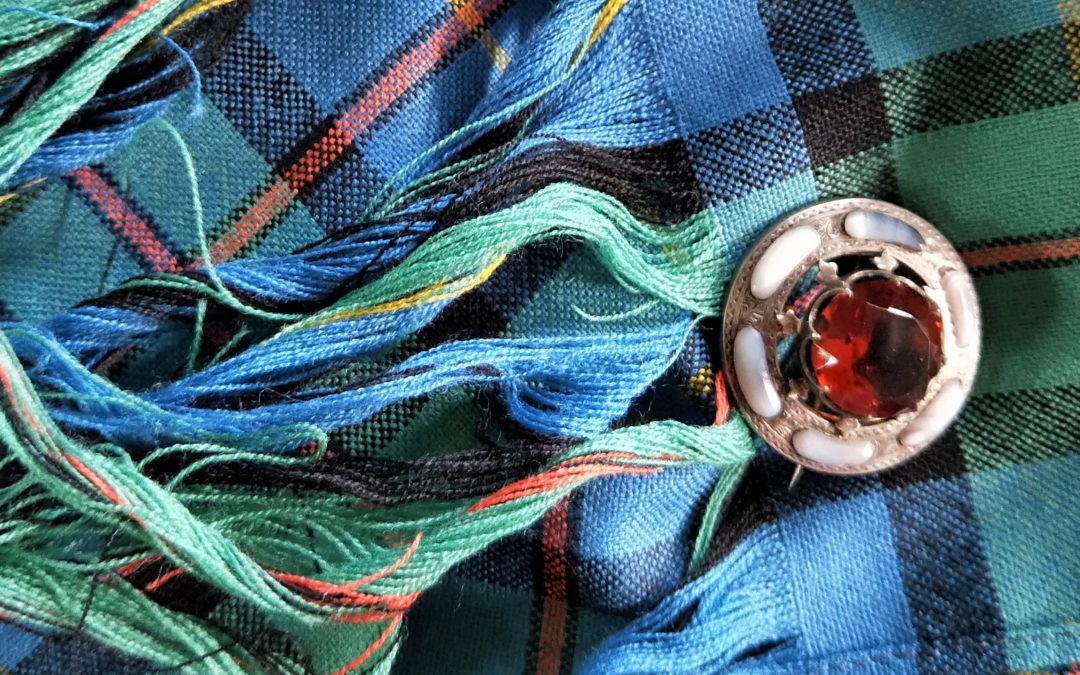The Outlander craze is real. I think most people understand this refers to the novel and television series created by one of the most successful writers in recent times, Diana Gabaldon.
Even before the television series, Gabaldon’s novels were huge sellers. The main ingredients of her recipe are two attractive protagonists—20th century Claire, who time-slips into the lush scenery of 18th century Scotland and her Highland Jacobite lover, Jamie. The story covers battles, cruel discoveries, brutality, relationship problems, and the over-riding theme of romantic love and sex against the odds. The enthusiasm for the story has resulted in record tourism numbers in Scotland and created a plethora of Scottish romance novels featuring covers with bare-chested warriors in kilts, and even more imaginatively, Outlander-inspired knitting books. In the gap between television series, such is the sense of loss felt by Outlander fans that the experience has been dubbed ‘Droughtlander’.
However, the thing about the Outlander phenomenon that I think needs to be acknowledged is that it is not really new, and that it is essentially conservative and of course, reductive. The first popular romanticising of the Scottish Highlands in novels can be attributed to Walter Scott, two hundred years earlier. In his novels Waverley (1814) and Rob Roy (1817), for example, Scott made the more colourful (and previously outlawed) aspects of Highland culture (kilts, swords, distinctive language) alluring and newly acceptable to upper and middle class English readers. On one hand his bias was a conservative one, that is, a nostalgia for the past in an idealised form, but through his fiction he was rehabilitating perceptions about the ‘barbarous’ Highlanders. His novels are highly intelligent, and trace a deep conflict between impulses for the past and for a forward-looking Scottish sense of identity.
Like many of Scott’s successors, the Outlander series similarly represents the Highlands in familiar tropes of wildness, the exotic, and the ‘other’. Characters are represented as wild because the landscape is, and perhaps because of the area’s ancient clan and cross-border conflicts. But this is a long way from the reality of Scotland and the complexity of the culture, a long way from the Scottish Enlightenment in science, philosophy and economic thought that thrived in the 18th century and led Europe intellectually.
Perhaps it’s the turbulence of Scottish history which fascinates, though more plausibly it’s the scorching romance central to the story. But as well, the Outlander novels and television series (a mix of historical fiction, romance and science/fantasy), also contain references to real events among the imagined. In this way, they also inform the fans, or one can hope, may make them curious enough to explore those actual events which the fiction references.
The Outlander effect had its roots in the early 19th century but is now firmly entrenched in the 21st, propelled by the centuries-old allure of romance. The house of the historical novel has many rooms.
© Mhairead MacLeod 2018


